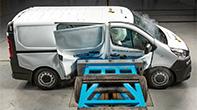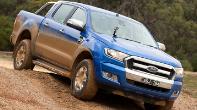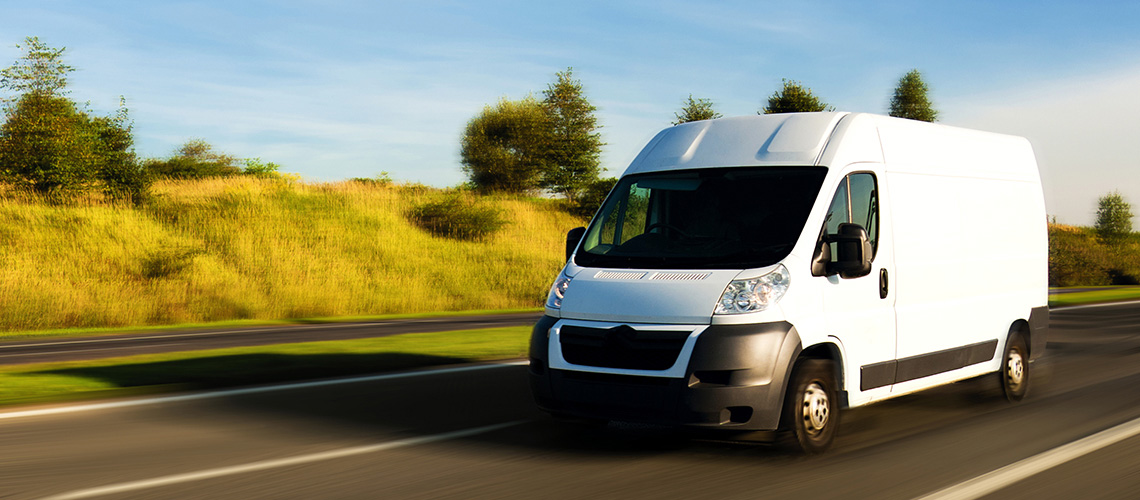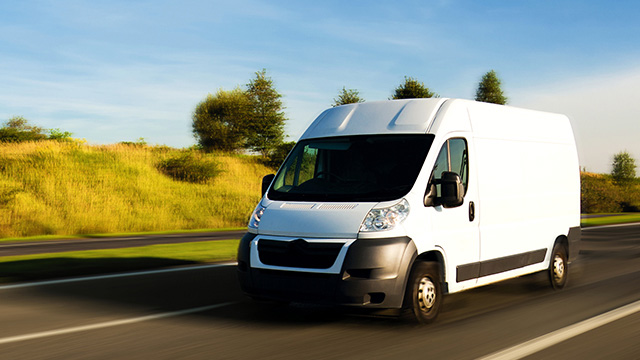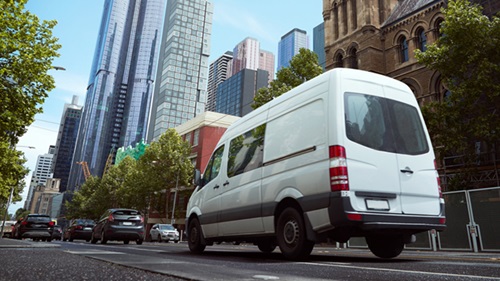When the NSW lockdown began in June 2021, it created a two-speed economy: businesses that were forced to close came to a grinding halt, and those that were allowed to remain open boomed. Now, as state governments provide roadmaps for the economy to open up again, are your fleet vehicles ready to hit the road?
Here are some tips on how to get your fleet back on the road post lockdown.
Maintenance checks
If your vehicles have been sitting around in a depot or at employees’ homes, check what condition they are in. Are they due for a service? Have the tyres gone flat? Is the battery dead? These are all things to consider to ensure your vehicles and employees are safe and don’t get stuck on the side of the road due to a breakdown from sitting idle. Following the March 2020 lockdown, NRMA callouts for batteries increased by 17%.
If you’re on the other end of the spectrum and your fleet vehicles have been working overtime, have they been serviced and maintained as per the manufacturer’s recommended schedules?
Regardless of the level of your business activity, performing basic maintenance checks regularly on all cars, utes and trucks will reduce the risk of a roadside breakdown disrupting your business.
Budgets and planning
Usually, businesses with less than five cars don’t have a separate budget for their fleet. If you have more than 10 vehicles, the running costs are likely a large part of your business expenses and so would be included in a budget. Regardless of how many vehicles you have, things have changed over the last 12 months, so taking the time to reset your budget for fuel, maintenance and tolls will help get it fleet-fit.
COVID has also affected the timeline for new vehicle deliveries, with popular models taking more than six months to be delivered from the date of order. This could impact your cash flow activities by changing when you need to arrange finance. Or, it could stretch the bank balance if maintenance costs increase on older assets while you’re waiting for the new fleet vehicles to arrive. Keeping this in mind when sorting your budget will help you to come out in the green at the end of each month.
Fringe Benefits Tax (FBT)
FBT is a tax you pay for providing an employee with a vehicle that is available for personal use. Your rate may have changed during lockdown, so be sure to check with the ATO, as they can provide advice to businesses on how to reassess their FBT liability.
If the car hasn’t been driven while your business has been in lockdown, the amount of FBT you owe may be reduced for the 2022 FBT year. According to the ATO, using a logbook to record usage and distance travelled will allow you to calculate your FBT liability.
A logbook is only useful, however, if your business uses the Operating Cost Method to calculate FBT, which is considered the most effective method when there is a low percentage of personal use. If your business already uses logbooks, which are valid for five years, and the COVID lockdown has changed your vehicles’ driving patterns, you can start a new one to reflect the reduced usage during these months.
Vehicles parked on employee premises overnight are considered unavailable for personal use, which will reduce the FBT payable. This information may be too late for the 2021 lockdown, but always worth considering over Christmas breaks.
FBT on car parking is another cost for businesses that provide onsite parking for employees. If everyone has been working at home, you may be able to save your business a significant amount of money in the FBT year ending 31st March 2022.
Fleet optimisation
Planning your business’s path out of lockdown will ensure your fleet assets are optimised. Good benchmarks are 80% business use and 80% driving time.
If you’re not reaching this amount of usage, maybe you need fewer vehicles in 2022. And now would be a great time to sell a couple of underused vehicles and get a cash injection for your business, because used car prices are currently at record highs.
If you’re needing more vehicles than you have, purchasing cars for your fleet is one of many options available. Carsharing, car subscriptions and car rentals are all good alternatives to support your business growth, without needing to invest much-needed funds in vehicle ownership.
With more business back on the road, assessing the state of your fleet and how many vehicles you’re likely to need will not only give your business a boost, it may also help to avoid pricey or dangerous accidents and breakdowns.



